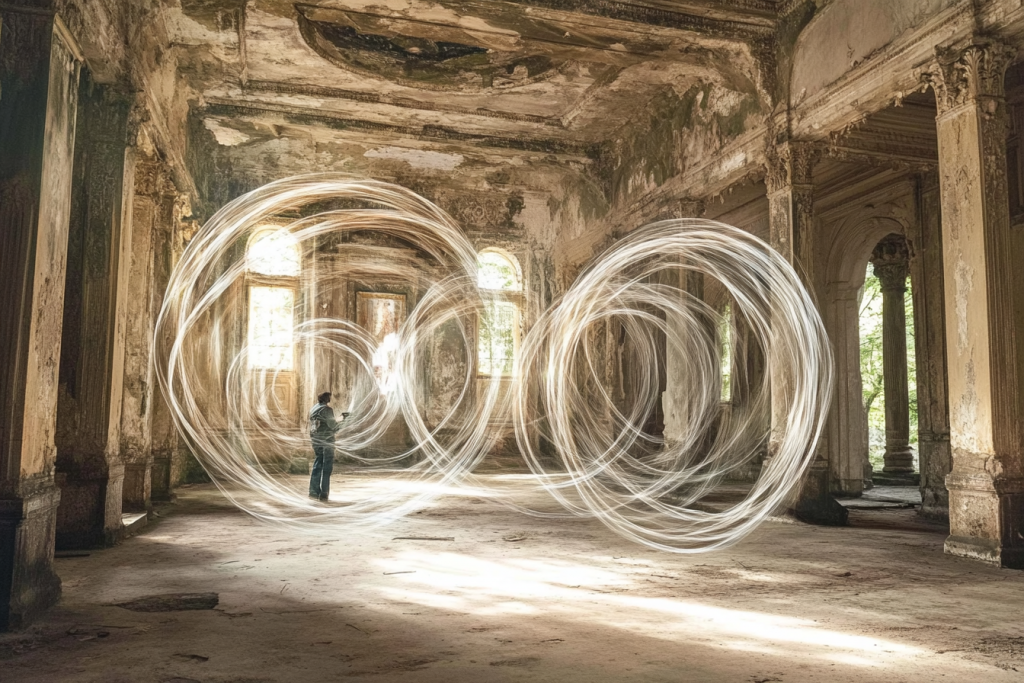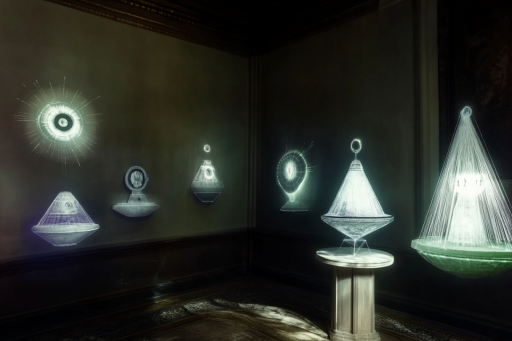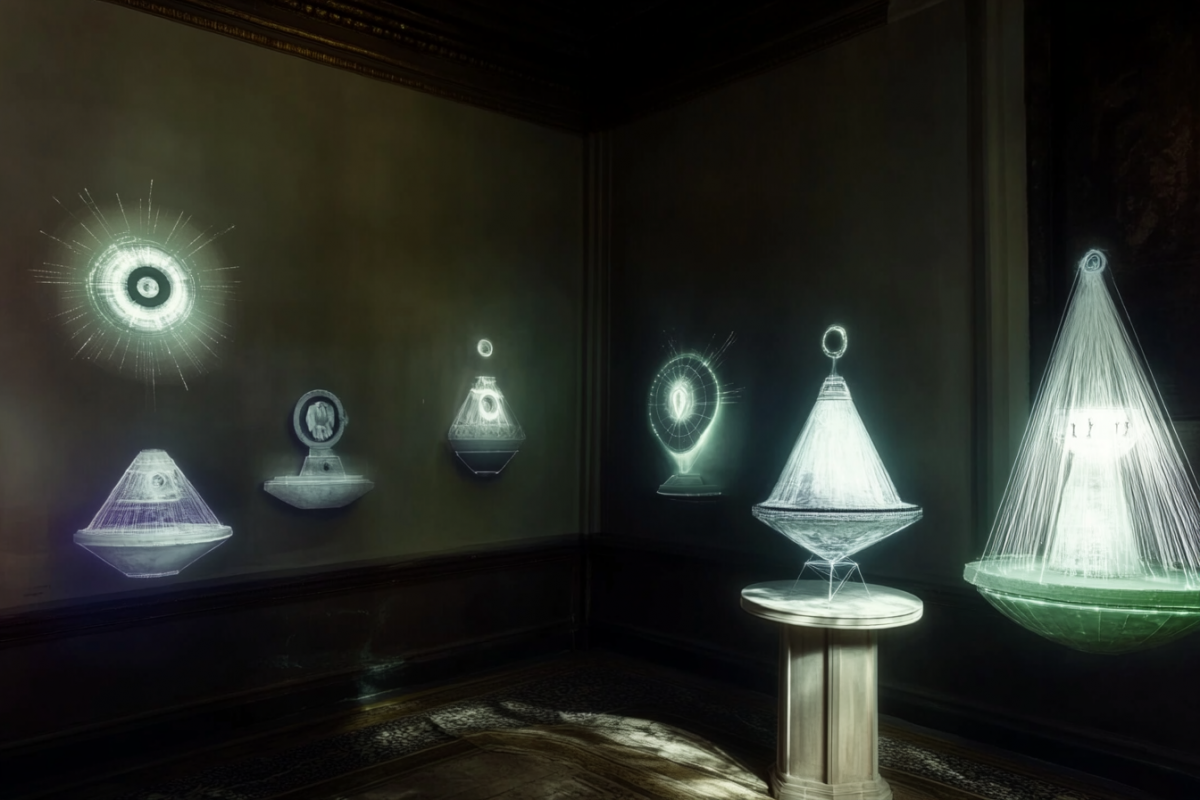
Across time and continents, certain objects have been unearthed that simply don’t belong. Their materials defy explanation, their design is centuries ahead of their era, and their very existence challenges everything we think we know about history and reality. Whether forged in forgotten civilizations, slipped through cracks in space-time, or crafted with technologies we can’t yet comprehend, these artifacts refuse to fit into our version of the world. Prepare to question what’s possible.
The Antikythera Mechanism

Discovered in a shipwreck off the Greek island of Antikythera, this intricate device stunned scientists with its complexity. Often referred to as the world’s first analog computer, it predicted eclipses and tracked celestial movements with astonishing precision. How ancient Greeks developed such advanced technology remains one of archaeology’s greatest puzzles. It’s a relic that seems to belong in a futuristic lab, not the ancient world.
The London Hammer

Found encased in ancient rock in Texas, this simple hammer has sparked decades of debate. The wooden handle is partially fossilized, while the iron head is unusually pure and resistant to rust. Geological estimates date the surrounding rock to millions of years ago—long before humans were said to wield tools. If authentic, it suggests a timeline completely at odds with conventional history.
The Dropa Stones

Unearthed in a remote cave in the mountains of China, these disc-shaped stones contain tiny, spiral grooves resembling an ancient form of writing. Some believe they tell the story of a crashed spacecraft and visitors from the stars. Mainstream scholars remain skeptical, but the stones’ strange composition and markings defy easy explanation. Their origin and meaning remain cloaked in mystery.
The Saqqara Bird

This small wooden artifact was discovered in an Egyptian tomb and initially classified as a simple bird carving. But its shape and aerodynamic structure suggest something more—possibly an ancient glider or even an early attempt at flight. Some theorists believe it’s evidence of forgotten aviation knowledge. Its existence raises unsettling questions about what the ancients truly knew.
The Dorchester Pot

Blasted from solid rock during an 1850s explosion in Massachusetts, this ornate metal vase left scientists baffled. The rock layer it was found in dates back hundreds of millions of years. The intricate design and craftsmanship resemble something from a royal treasury—not the deep geological past. No one knows how it got there, or who could have made it.
The Baghdad Battery

In the ruins of ancient Mesopotamia, a clay jar containing copper and iron elements suggests the possibility of ancient electricity. Known as the Baghdad Battery, it may have been used for electroplating or other unknown purposes. The idea that ancient civilizations harnessed electrical energy seems absurd—until you see the device for yourself. It challenges our assumptions about what the ancient world was capable of.
The Coso Artifact

Discovered inside a geode in California, this object resembles a spark plug and was encased in rock believed to be hundreds of thousands of years old. The apparent anachronism has fueled theories of time travel or lost civilizations. Though skeptics argue it could be a modern object misidentified, the mystery remains unresolved. It’s a modern design locked in prehistoric stone.
The Ulfberht Sword

Forged with a purity of metal unmatched until the Industrial Age, the Ulfberht sword defies the limits of medieval technology. Created by unknown blacksmiths in the Viking era, these swords bear inscriptions and properties far ahead of their time. Their creation would have required knowledge of advanced smelting techniques. It’s as if they were crafted with tools from another dimension.
The Quimbaya Artifacts

These gold figurines from ancient Colombia resemble modern airplanes, with wings, tails, and upright stabilizers. Some believe they were symbolic, while others argue they reflect real flying machines seen or imagined by the Quimbaya people. Scale models based on the designs have actually flown. Whether coincidence or revelation, their resemblance to modern aircraft is unsettling.
The Shroud of Turin

This centuries-old linen cloth bears the faint image of a crucified man—and has sparked endless debate about its origin. Carbon dating has been contested, and the method by which the image was imprinted remains unexplained. Some believe it’s a divine relic; others think it came from a realm we don’t yet understand. It’s a mysterious artifact that transcends both science and faith.
The Ancient Model Helicopter

In the Temple of Seti I in Abydos, Egypt, carvings on the ceiling depict what appear to be modern aircraft—a helicopter, submarine, and even a jet. Critics call it pareidolia, but others see these “out-of-place” designs as evidence of lost knowledge or glimpses into alternate realities. How could such futuristic images exist in an ancient temple? The implications are staggering.
The Faiyum Mummy Portraits

Unlike traditional Egyptian art, these lifelike paintings show individuals with haunting realism and depth. Painted during Roman rule in Egypt, their technique resembles modern portraiture more than ancient styles. The eyes seem to follow you, hinting at something almost conscious. Were these just artistic anomalies, or do they reflect something beyond time?
The Crystal Skull That Sees Beyond Time

Sculpted from a single piece of clear quartz, this life-sized crystal skull defies the tools and techniques available to the civilization it’s attributed to. Some believe it holds psychic powers or records memories of a lost era, while others claim it’s a conduit to alternate dimensions. Despite scientific scrutiny, no one has fully explained its origin—or its unsettling aura. It’s as if it was never meant to be found in this world at all.
When Objects Refuse to Fit the Story

These artifacts stand as whispers from places—or realities—we’ve never fully known. Each one contradicts the linear narrative of human progress, suggesting that history may not be a straight line but a tangled web of forgotten paths and strange intersections. Whether they’re evidence of ancient genius, cosmic accidents, or glimpses through dimensional cracks, they demand that we question everything. Perhaps reality isn’t what we thought it was.





